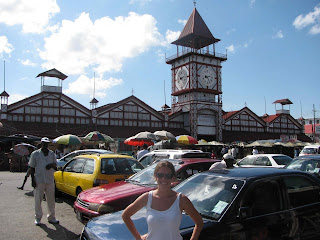Somewhere past the mountains that cradle Mérida lies a little pueblito called Puerto Concha, a busy fishing port on the edge of Lake Maracaibo. We didn’t come here to see the freshwater dolphins (very cool though) or to watch our corpulent guide, Juan, eat the equivalent of two whole chickens at lunch and seriously gross Tia out. No, we came for the lightning storms. According to Juan Gordo, the marsh gases around Lake Maracaibo are ignited by the friction of cool mountain air sliding into the savannah heat, creating the unique phenomenon of lightning without thunder. It occurs all day, about once every 30 seconds, but it’s at night when the skies light up. Toward dusk, we arrived by boat at the remnants of old Puerto Concha, nothing but a few houses on stilts in the middle of the lake to prepare for the show. Slowly, at first, the flashes appeared on the darkening horizon and, by the time the sun had completely set, they were dancing across the sky in brilliant arcs and in absolute silence. Often, the lightning would begin from the ground and shoot upward or wrap itself around in complete circles and fill the sky.
A nearby thunderstorm later descended and, while dispelling the meditative quiet, it increased the magnitude of the aerial pyrotechnics as the “real” lightning set off pockets of methane everywhere. It looked as if the entire firmament might fall away in shards of black glass. Unfortunately, it didn’t bode well for our hammock space, with nothing but iron bars between it and the choppy lake. The two Germans were forced to vacate their perch early in the night and I retreated to the kitchen after failing to stem a steady drip running up my leg. Tia, three feet from me, was blissfully undisturbed.









.jpg)




